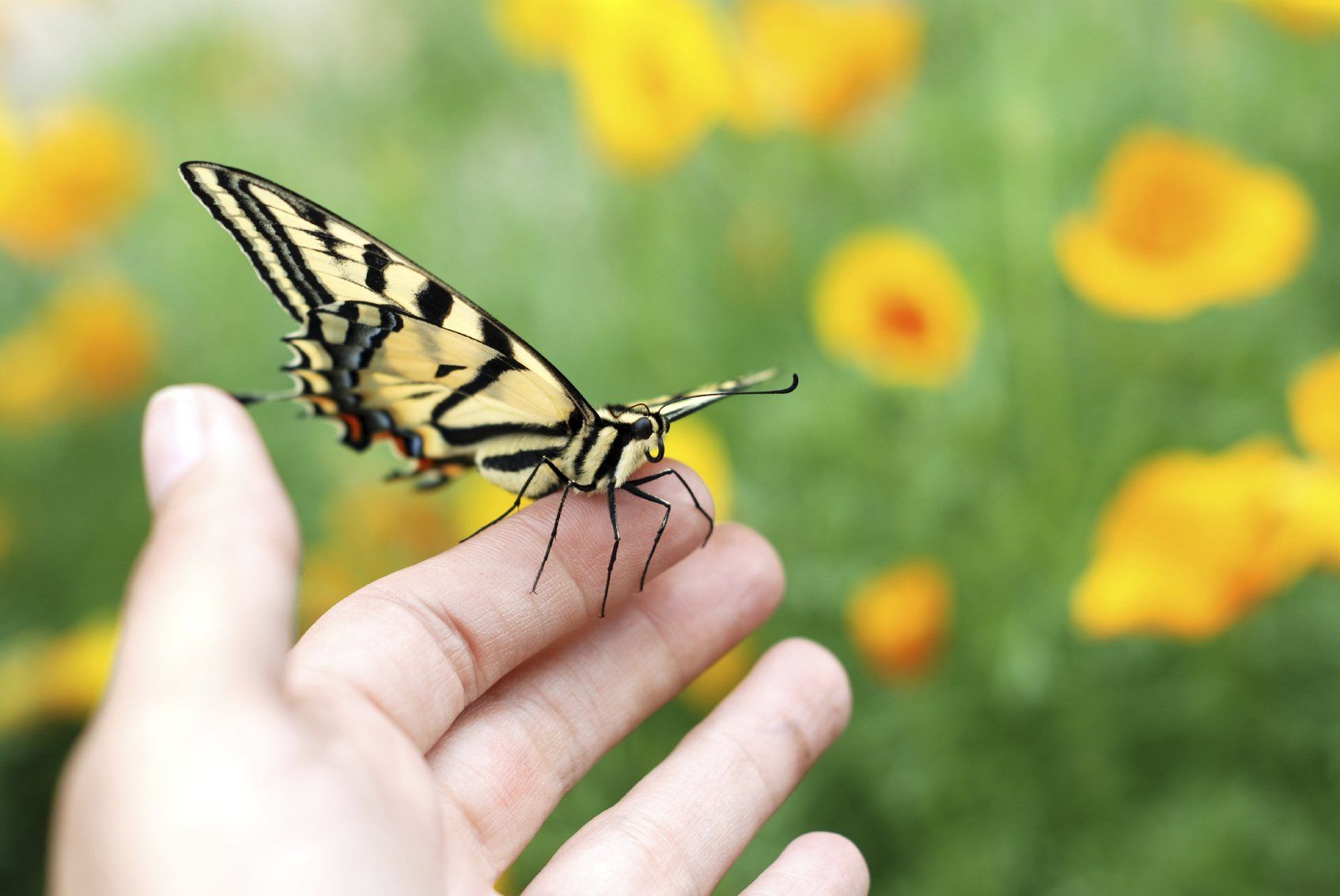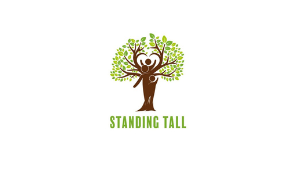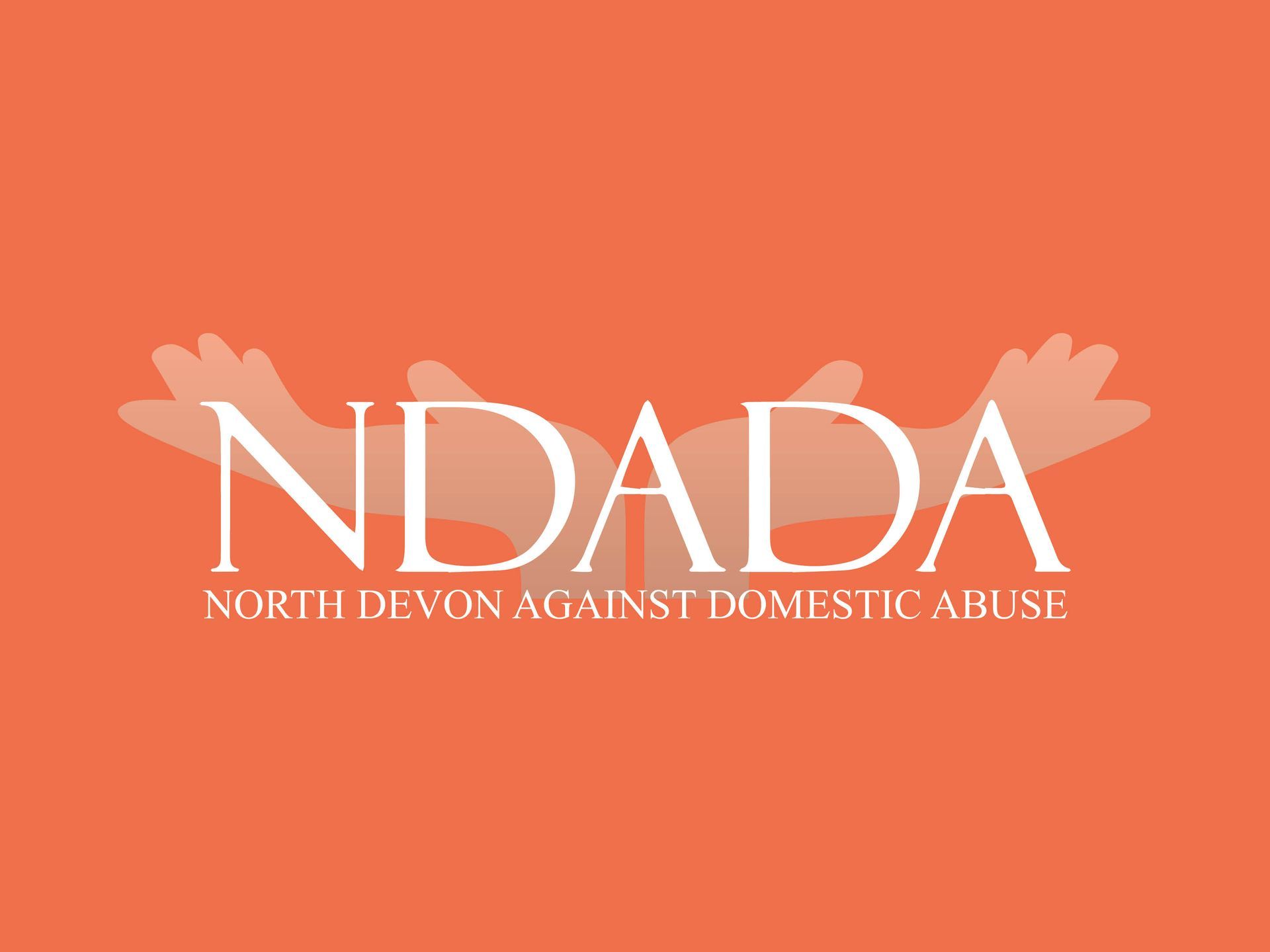Domestic abuse, or domestic violence, is defined across Government as any incident of controlling, coercive or threatening behaviour, violence or abuse between those aged 16 or over who are or have been intimate partners or family members, regardless of their gender or sexuality.
The safety of victims and children in addition to the defendant’s accountability are important to the CPS when prosecuting cases of domestic abuse. As such the CPS applies its guidelines on domestic abuse to all cases of current or former partner or family abuse irrespective of the age of the defendant or the victim.
Who are counted as family members?
Family members are defined as mother, father, son, daughter, brother, sister and grandparents whether directly related, in-laws or step-family. However, this is not an exhaustive list and may also be extended to uncles, aunts and cousins etc.
What are the types of abuse?
‘Domestic abuse’ covers a range of types of abuse, including, but not limited to, psychological, physical, sexual, financial or emotional abuse. ‘Domestic abuse’ can be prosecuted under a range of offences and the term is used to describe a range of controlling and coercive behaviours, used by one person to maintain control over another with whom they have, or have had, an intimate or family relationship.
Domestic abuse is rarely a one-off incident and is the cumulative and interlinked types of abuse that have a particularly damaging effect on the victim.
The ‘domestic’ nature of the offending behaviour is an aggravating factor because of the abuse of trust involved.
Who faces abuse?
Men, women and children can all be victims of domestic abuse. Domestic abuse occurs amongst people of all ethnicities, sexualities, ages, disabilities, immigration status, religions or beliefs, and socio-economic backgrounds. The CPS recognises domestic abuse differs in severity between incidents, and more often than not, will increase in frequency and seriousness, having a cumulative impact on the victim/complainant.
The definition includes so-called ‘honour’ based violence, female genital mutilation (FGM) and forced marriage (see below), and is clear that victims are not confined to one gender or ethnic group.
Domestic abuse is prosecuted as part of the CPS Violence against Women and Girls Strategy
The CPS Violence Against Women and Girls (VAWG) Strategy is an overarching framework to address crimes that have been identified as being committed primarily but not exclusively by men against women.
These crimes include domestic abuse, rape, sexual offences, stalking, harassment, so-called ‘honour-based’ violence including forced marriage, female genital mutilation, child abuse, human trafficking focusing on sexual exploitation, prostitution, pornography and obscenity.
This CPS approach to VAWG crimes follows United Nations conventions which the UK government has ratified, and which inform the cross-government VAWG framework. However, the Annual Violence Against Women and Girls report published by the CPS includes data on all perpetrators and victims, irrespective of gender. The CPS is determined to secure justice for all victims, and recently reaffirmed its commitment to male victims.
‘Controlling or Coercive behaviour’ describes behaviour occurring within a current or former intimate or family relationship which causes someone to fear that violence will be used against them on more than one occasion, or causes them serious alarm or distress that substantially affects their day to day activities. It involves a pattern of behaviour or incidents that enable a person to exert power or control over another, such as isolating a partner from their friends and family, taking control of their finances, everyday activities like what they wear or who they see, or tracking their movements through the internet or mobile phone use.
The domestic abuse definition specifically states:
Controlling behaviour is: a range of acts designed to make a person subordinate and/or dependant by isolating them from sources of support, exploiting their resources and capacities for personal gain, depriving them of the means needed for independence, resistance and escape and regulating their everyday behaviour.
Coercive behaviour is: an act or a pattern of acts of assaults, threats, humiliation and intimidation or other abuse that is used to harm, punish, or frighten their victim.
So-called ‘honour- based’ violence is a crime or incident committed to protect or defend the so-called honour of the family or community. The term can cover a collection of practices used to control behaviour within families or other social groups, in order to protect perceived cultural and religious beliefs or honour. These crimes are included within the domestic abuse definition, but may also be carried out by people who are not partners or family members.
A number of offences can be committed in the context of honour-based violence and forced marriage, including common assault, GBH, harassment, kidnap, rape, threats to kill and murder. Examples of instances that might trigger a so-called ‘honour’ crime include someone becoming involved with a boyfriend or girlfriend from a different culture or religion, wearing clothes or taking part in activities that might not be considered traditional within a particular culture, or seeking a divorce.
Female Genital Mutilation (FGM) is a collective term for a range of procedures which involve partial or total removal of the external female genitalia for non-medical reasons. It is sometimes referred to as female circumcision, or female genital cutting. The practice is medically unnecessary, is extremely painful and has serious health consequences, both at the time when the mutilation is carried out, and in later life.
FGM has been classified by the World Health Organization (WHO) into four major types, all of which may be relevant to the offences arising under the FGM Act 2003:
• Type I: Clitoridectomy: partial or total removal of the clitoris;
• Type II: Excision: partial or total removal of the clitoris and the labia minora, with or without excision of the labia majora;
• Type III: Infibulation: narrowing of the vaginal opening through the creation of a covering seal:
• Type IV: Other: all other harmful procedures to the female genitalia for non-medical purposes, e.g. pricking, piercing, incising, scraping and cauterizing the genital area.
Stalking and harassment occurs not only in a domestic abuse setting – people can be stalked by strangers or acquaintances too.
Stalking is a specific type of harassment, often described as a pattern of unwanted, fixated or obsessive behaviour which is intrusive, and causes fear of violence or serious alarm and distress. For example, a person following, watching or spying on someone else, or forcing contact with them through social media, might be considered as stalking.
Harassment offences involve a ‘course of conduct,’ or repeated actions, which could be expected to cause distress or fear in any reasonable person. This will often include repeated attempts to impose unwanted contact or communication on someone.
https://www.cps.gov.uk/domestic-abuse
Calling time on secrecy in the family court- the Williscroft judgment









































